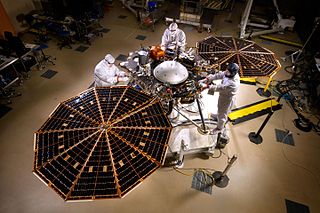
Engineering is the use of scientific principles to design and build machines, structures, and other items, including bridges, tunnels, roads, vehicles, and buildings. The discipline of engineering encompasses a broad range of more specialized fields of engineering, each with a more specific emphasis on particular areas of applied mathematics, applied science, and types of application. See glossary of engineering.
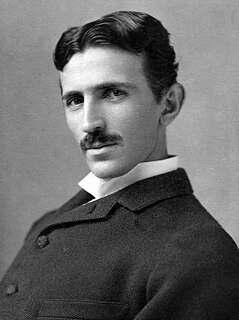
Nikola Tesla was a Serbian-American inventor, electrical engineer, mechanical engineer, and futurist best known for his contributions to the design of the modern alternating current (AC) electricity supply system.

A telephone is a telecommunications device that permits two or more users to conduct a conversation when they are too far apart to be heard directly. A telephone converts sound, typically and most efficiently the human voice, into electronic signals that are transmitted via cables and other communication channels to another telephone which reproduces the sound to the receiving user. The term is derived from Greek: τῆλε and φωνή, together meaning distant voice. A common short form of the term is phone, which came into use almost immediately after the first patent was issued.
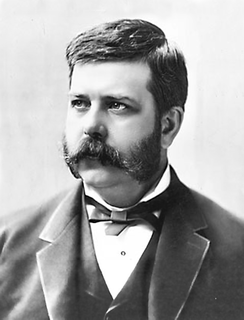
George Westinghouse Jr. was an American entrepreneur and engineer based in Pennsylvania who created the railway air brake and was a pioneer of the electrical industry, receiving his first patent at the age of 19. Westinghouse saw the potential of using alternating current for electric power distribution in the early 1880s and put all his resources into developing and marketing it. This put Westinghouse's business in direct competition with Thomas Edison, who marketed direct current for electric power distribution. In 1911 Westinghouse received the American Institute of Electrical Engineers's (AIEE) Edison Medal "For meritorious achievement in connection with the development of the alternating current system."

A machine is a physical system using power to apply forces and control movement to perform an action. The term is commonly applied to artificial devices, such as those employing engines or motors, but also to natural biological macromolecules, such as molecular machines. Machines can be driven by animals and people, by natural forces such as wind and water, and by chemical, thermal, or electrical power, and include a system of mechanisms that shape the actuator input to achieve a specific application of output forces and movement. They can also include computers and sensors that monitor performance and plan movement, often called mechanical systems.
The timeline of historic inventions is a chronological list of particularly important or significant technological inventions and their inventors, where known.

Phineas Parkhurst Quimby was an American clockmaker, mentalist and mesmerist. His work is widely recognized as foundational to the New Thought spiritual movement.
Huna is the word adopted by Max Freedom Long (1890–1971) in 1936 to describe his theory of metaphysics. Long cited what he believed to be the spiritual practices of the ancient Hawaiian kahunas (priests) as inspiration; however, contemporary scholars consider the system to be his invention designed through a mixture of a variety of spiritual practices from various cultures, with roots in New Thought and Theosophy, rather than in traditional Hawaiian beliefs. Huna is part of a New Age [non-Hawaiian] movement.

The Audion was an electronic detecting or amplifying vacuum tube invented by American electrical engineer Lee de Forest in 1906. It was the first triode, consisting of an evacuated glass tube containing three electrodes: a heated filament, a grid, and a plate. It is important in the history of technology because it was the first widely used electronic device which could amplify. A low power signal at the grid could control much more power in the plate circuit.
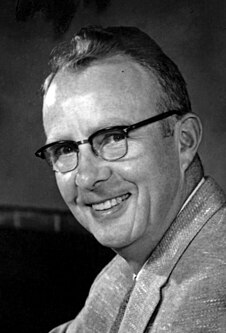
Luis Walter Alvarez was an American experimental physicist, inventor, and professor who was awarded the Nobel Prize in Physics in 1968 for his discovery of resonance states in particle physics using the hydrogen bubble chamber. The American Journal of Physics commented, "Luis Alvarez was one of the most brilliant and productive experimental physicists of the twentieth century."

Elisha Gray was an American electrical engineer who co-founded the Western Electric Manufacturing Company. Gray is best known for his development of a telephone prototype in 1876 in Highland Park, Illinois. Some recent authors have argued that Gray should be considered the true inventor of the telephone because Alexander Graham Bell allegedly stole the idea of the liquid transmitter from him. Although Gray had been using liquid transmitters in his telephone experiments for more than two years previously, Bell's telephone patent was upheld in numerous court decisions.

In radio communications, a radio receiver, also known as a receiver, a wireless, or simply a radio, is an electronic device that receives radio waves and converts the information carried by them to a usable form. It is used with an antenna. The antenna intercepts radio waves and converts them to tiny alternating currents which are applied to the receiver, and the receiver extracts the desired information. The receiver uses electronic filters to separate the desired radio frequency signal from all the other signals picked up by the antenna, an electronic amplifier to increase the power of the signal for further processing, and finally recovers the desired information through demodulation.
Pyramid power refers to the belief that the ancient Egyptian pyramids and objects of similar shape can confer a variety of benefits. Among these assumed properties are the ability to preserve foods, sharpen or maintain the sharpness of razor blades, improve health, function "as a thought-form incubator", trigger sexual urges, and cause other effects. Such unverified conjectures regarding pyramids are collectively known as pyramidology.

The history of technology is the history of the invention of tools and techniques and is one of the categories of world history. Technology can refer to methods ranging from as simple as stone tools to the complex genetic engineering and information technology that has emerged since the 1980s. The term technology comes from the Greek word techne, meaning art and craft, and the word logos, meaning word and speech. It was first used to describe applied arts, but it is now used to describe advancements and changes which affect the environment around us.

Pyramidology refers to various religious or pseudoscientific speculations regarding pyramids, most often the Giza pyramid complex and the Great Pyramid of Giza in Egypt. Some "pyramidologists" also concern themselves with the monumental structures of pre-Columbian America, and the temples of Southeast Asia.
During the growth of the ancient civilizations, ancient technology was the result from advances in engineering in ancient times. These advances in the history of technology stimulated societies to adopt new ways of living and governance.
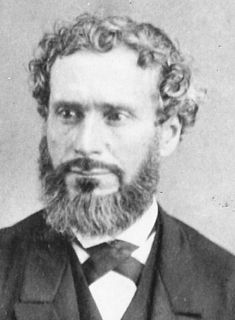
Charles Grafton Page was an American electricity experimenter and creator of electrical devices that he patented. He was also a scientist, medical physician, patent examiner, and college professor of chemistry. Like his more famous contemporaries Joseph Henry and Michael Faraday, Page began his career as a perspicacious natural philosopher who developed original cutting-edge work with natural phenomena through direct observation and experimenting. Through his exploratory experiments and special electrical inventions, he developed a scientific understanding of the principals of electromagnetism. He applied this science at his US Patent Office employment, to benefit other inventors, and in ensuring his own cursed dream of developing electromagnetic locomotion. His work had a lasting impact on telegraphy and in the practice and politics of patenting scientific innovation, challenging the rising scientific elitism that maintained that scientific does not patent.

The concept of engineering has existed since ancient times as humans devised fundamental inventions such as the pulley, lever, and wheel. Each of these inventions is consistent with the modern definition of engineering, exploiting basic mechanical principles to develop useful tools and objects.
Mechanical engineering is a discipline centered around the concept of using force multipliers, moving components, and machines. It utilizes knowledge of mathematics, physics, materials sciences, and engineering technologies. It is one of the oldest and broadest of the engineering disciplines.













